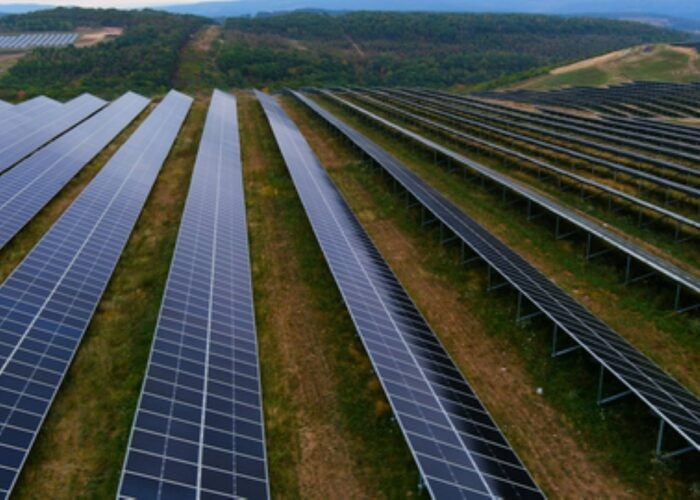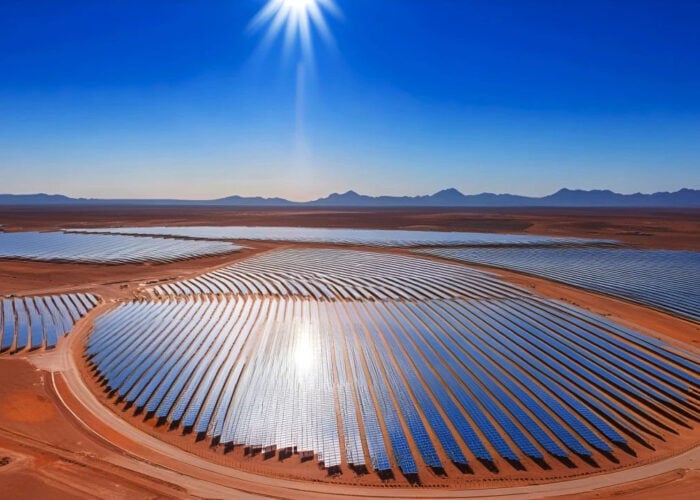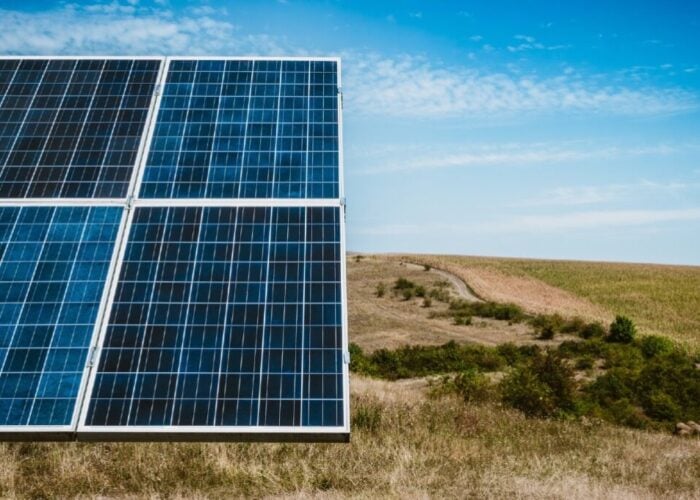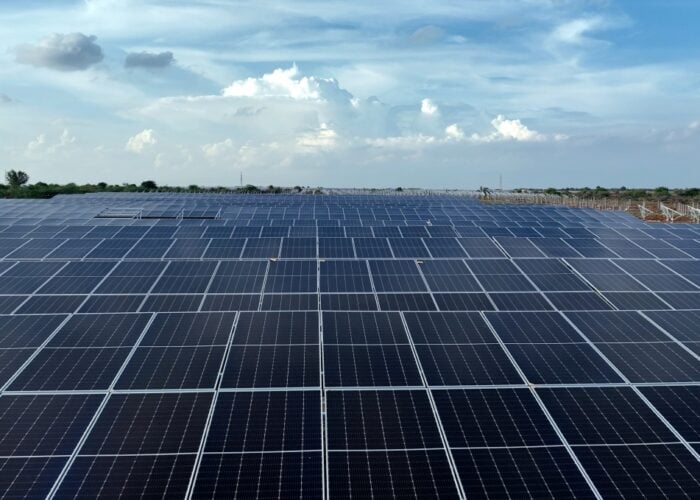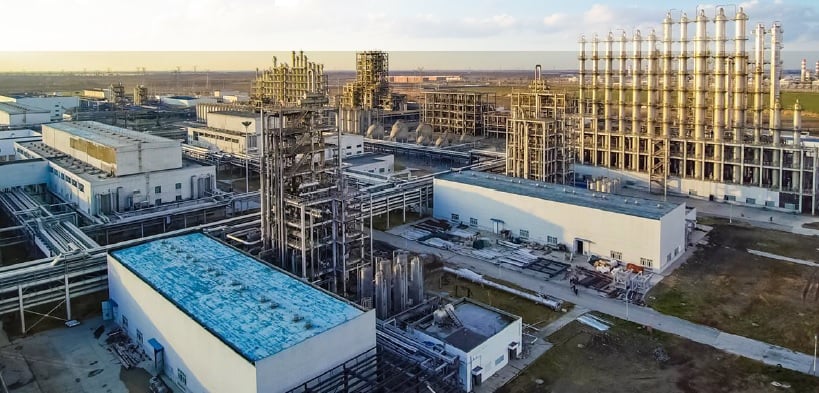
China’s leading polysilicon firms are reportedly considering shutting down one third of the country’s polysilicon capacity and restructuring the sector, following years of overcapacity and tumbling prices.
According to a report from the Reuters news agency, leading Chinese polysilicon producers, including GCL Technologies and Tongwei, are in talks to establish a RMB50 billion (US$7 billion) fund to purchase and shut down one-third of polysilicon production capacity – at least 1 million metric tonnes of “lower-quality” production.
Try Premium for just $1
- Full premium access for the first month at only $1
- Converts to an annual rate after 30 days unless cancelled
- Cancel anytime during the trial period
Premium Benefits
- Expert industry analysis and interviews
- Digital access to PV Tech Power journal
- Exclusive event discounts
Or get the full Premium subscription right away
Or continue reading this article for free
Reuters reports that the fund would begin making acquisitions in the fourth quarter of this year.
If successful, this plan could restructure the polysilicon industry, which has been plagued by overcapacity and below-cost prices for the last two years. From a high of RMB235/kg (US$32.7/kg) in February 2023, prices had fallen to a low of RMB32/kg (US$4.4/kg) by May 2024. This was driven by overcapacity in China, which dominates over 93.5% of global polysilicon production, according to Bernreuter Research.
Over the last month, prices began to rise, and stories of production cuts circulated. As far back as October 2024, Daqo New Energy announced plans to cut production capacity as it posted sustained losses.
In late July, PV Tech Premium reported that prices had risen by a maximum of 22.09%, following Beijing’s resolution for the “orderly phase-out of outdated capacity”.
The Chinese Ministry of Industry and Information Technology (MIIT) met with PV manufacturers on the 3rd July to discuss government efforts to curb oversupply. This reported acquisition may be a signal that these efforts are beginning to result in action.
Last week, PV Tech reported from an industry seminar held by the China PV Industry Association, where it was shown that polysilicon output had fallen by 43.8% in the first half of 2025.
It is currently unclear where the RMB50 billion – if this is ultimately the correct figure – will come from, as most major polysilicon producers are currently making losses.
If polysilicon prices continue to rise, this could have impacts down the Chinese solar supply chain, much of which is also oversupplied. It could result in higher prices for silicon wafers, cells and modules both within China and globally, given the prominence of China in global solar energy supply.
Despite current overcapacity, last month Bernreuter Research forecast that the sector could be headed for a shortage as soon as 2028 if the industry cuts supply “drastically” to try to raise the polysilicon price.
“A major industry shakeout will lay the ground for a new shortage by 2028 – which is exactly what happened during the shakeout from 2018 through 2020,” Johannes Bernreuter, head of Bernreuter Research, said last month.
He suggested that market leader Tongwei had been pushing hardest for consolidation by leaning into oversupply to push out smaller competitors.
Questions remain over the exact funding, shape and impact of this proposed market reform.
More to follow on this story as it develops…


